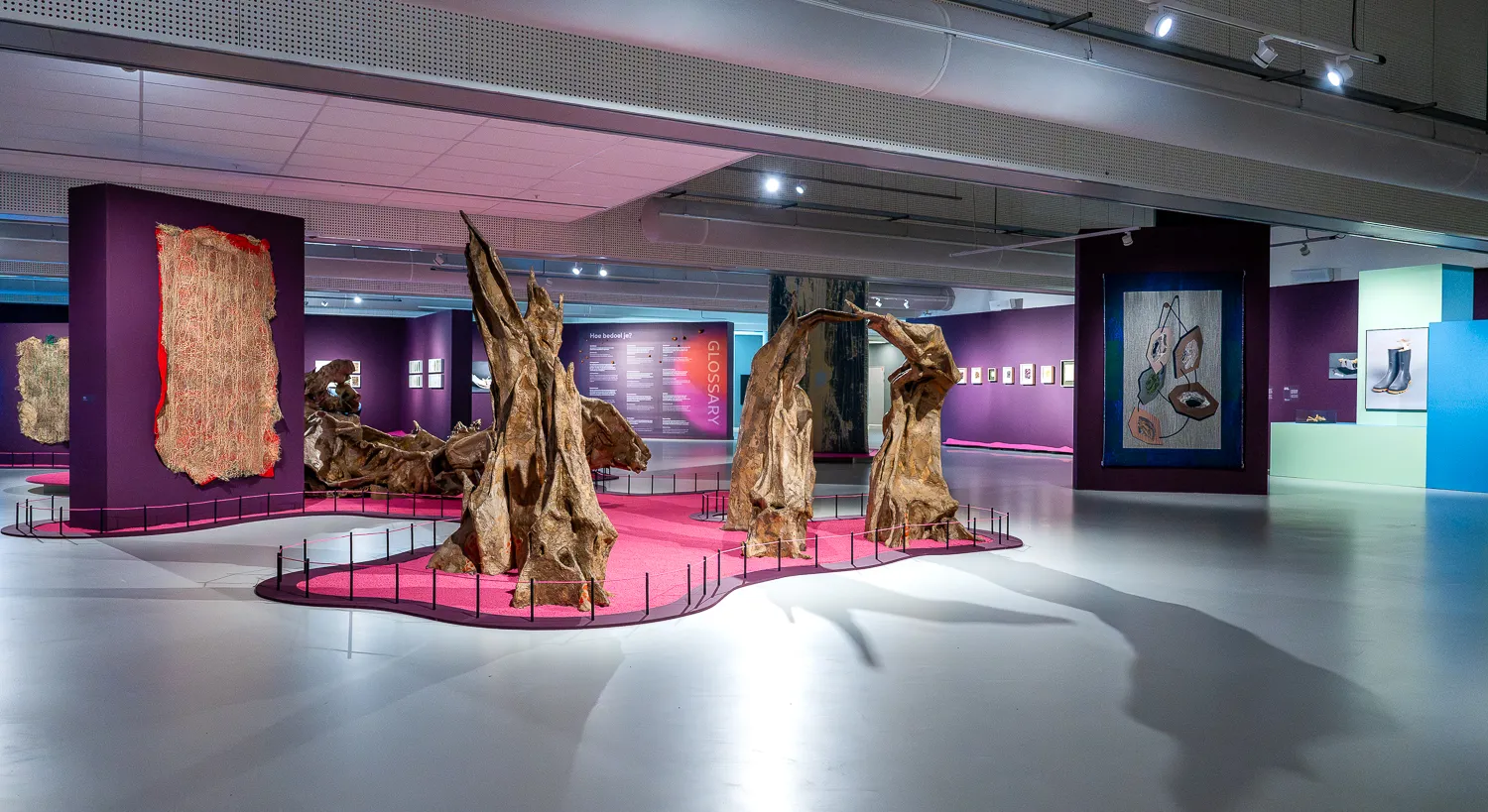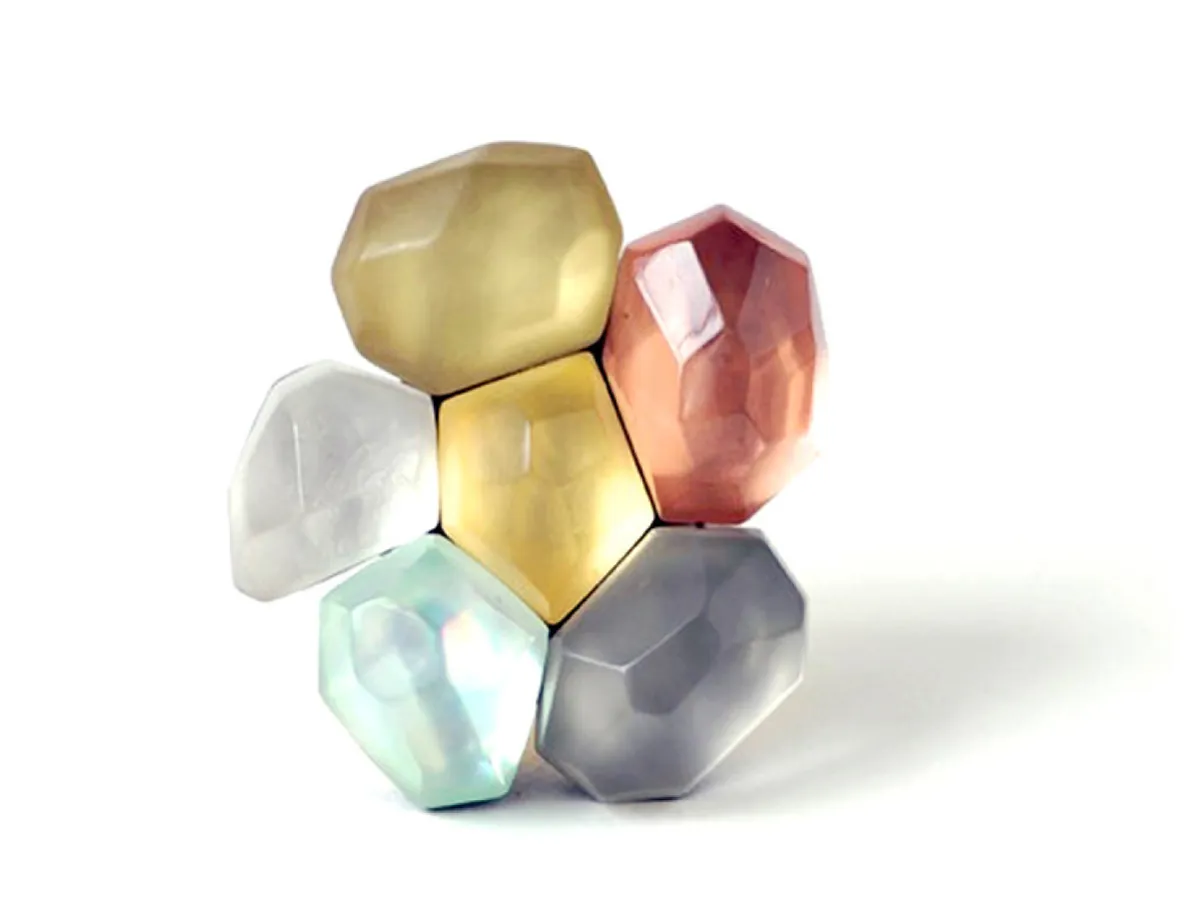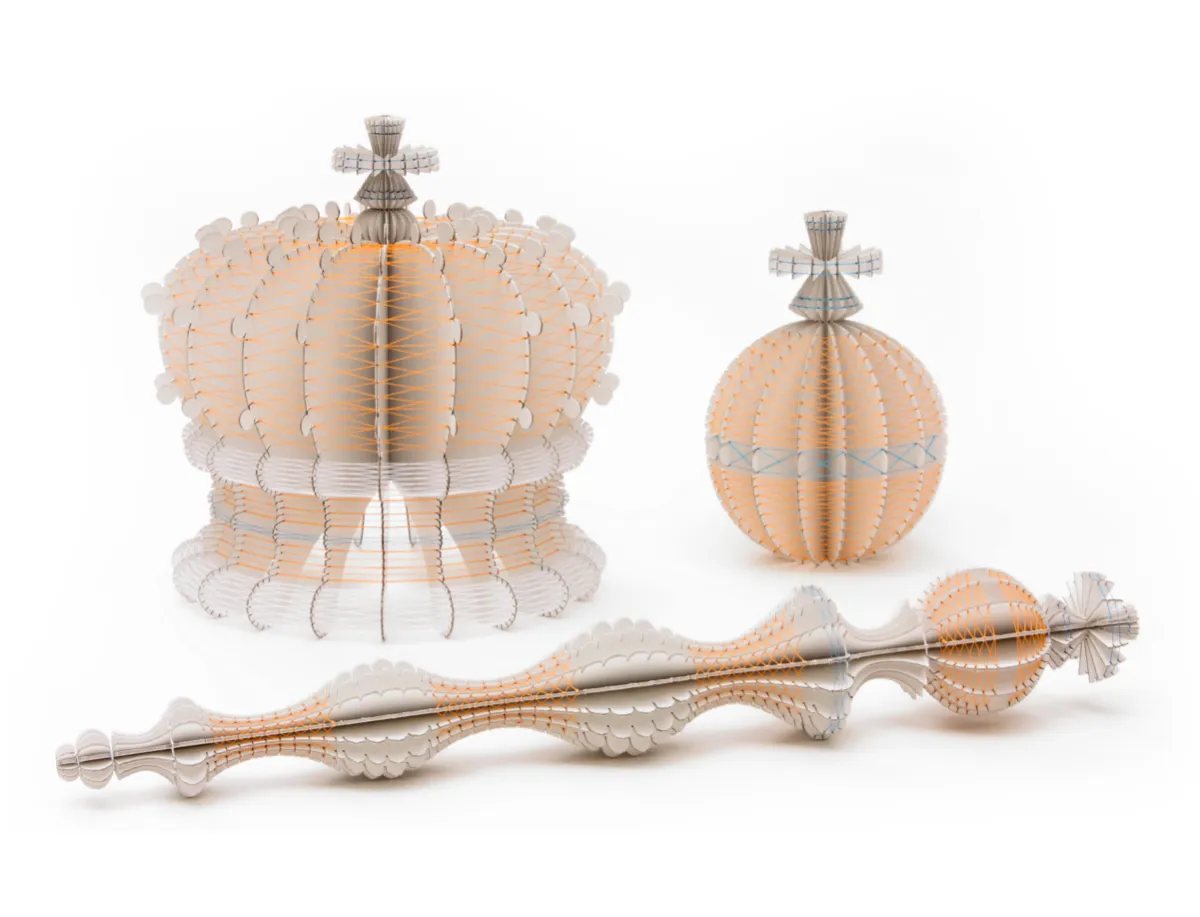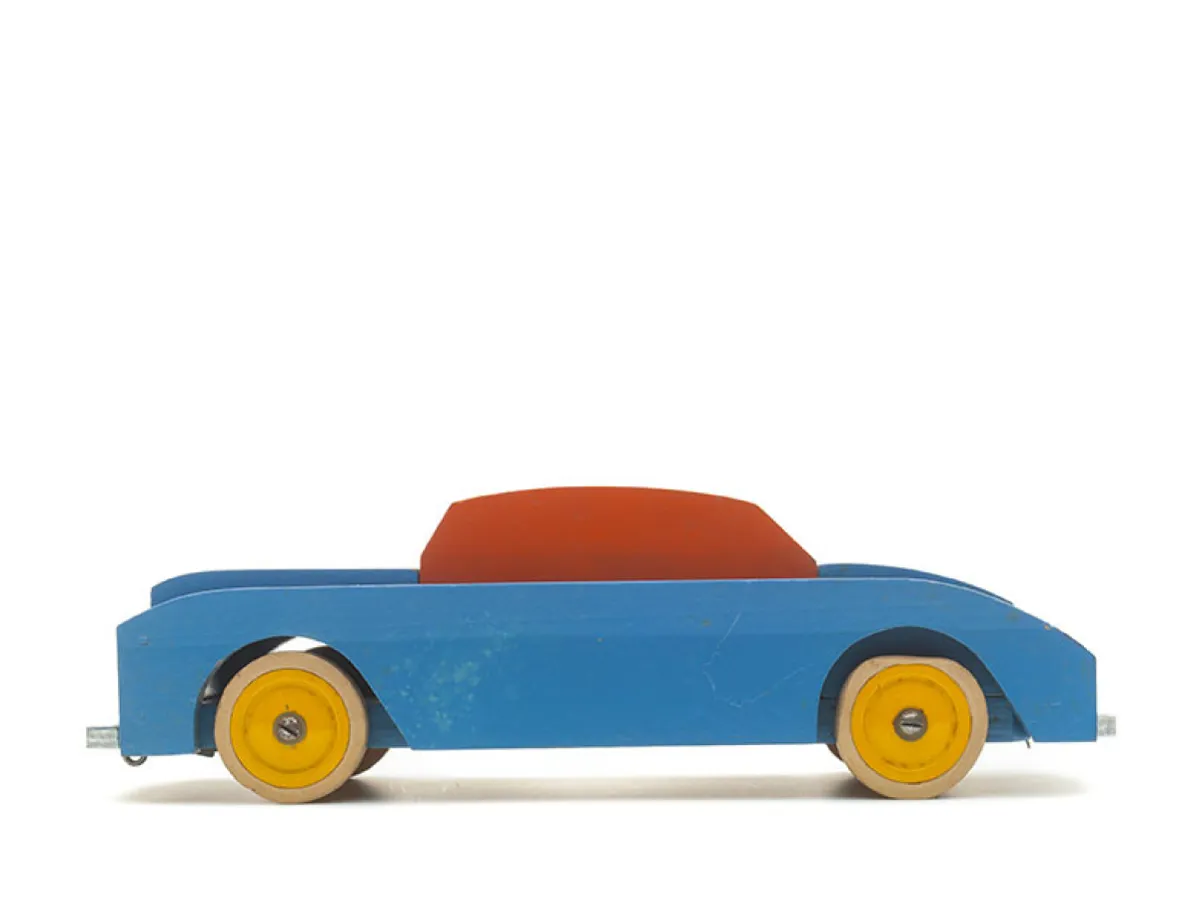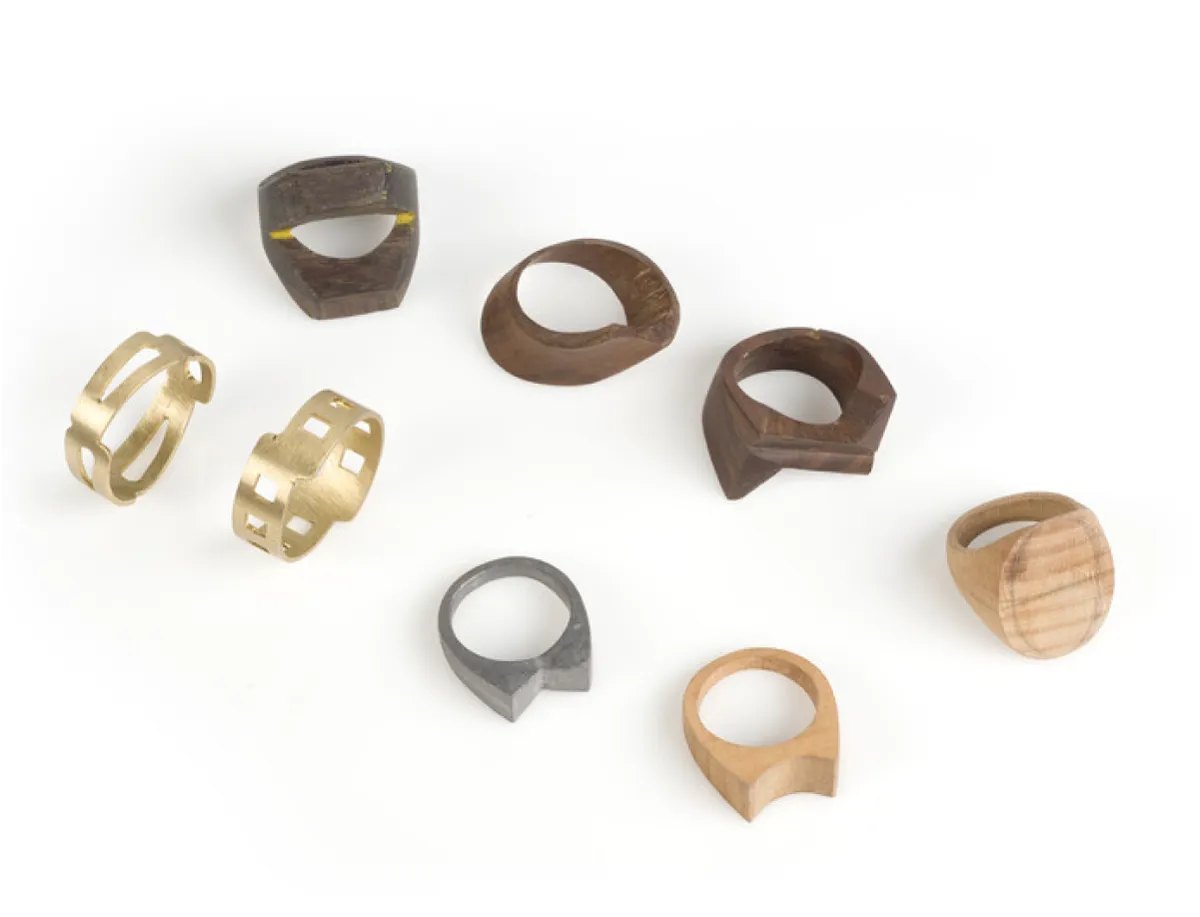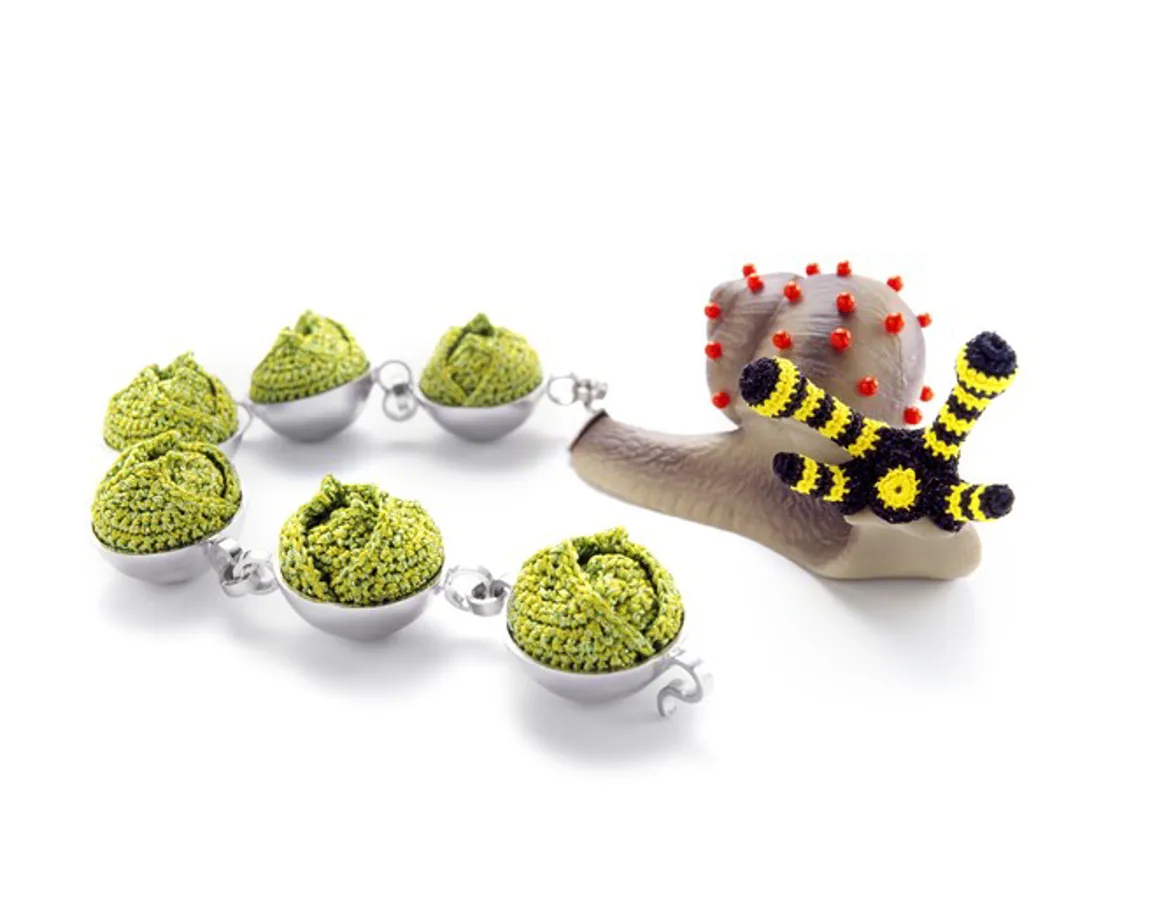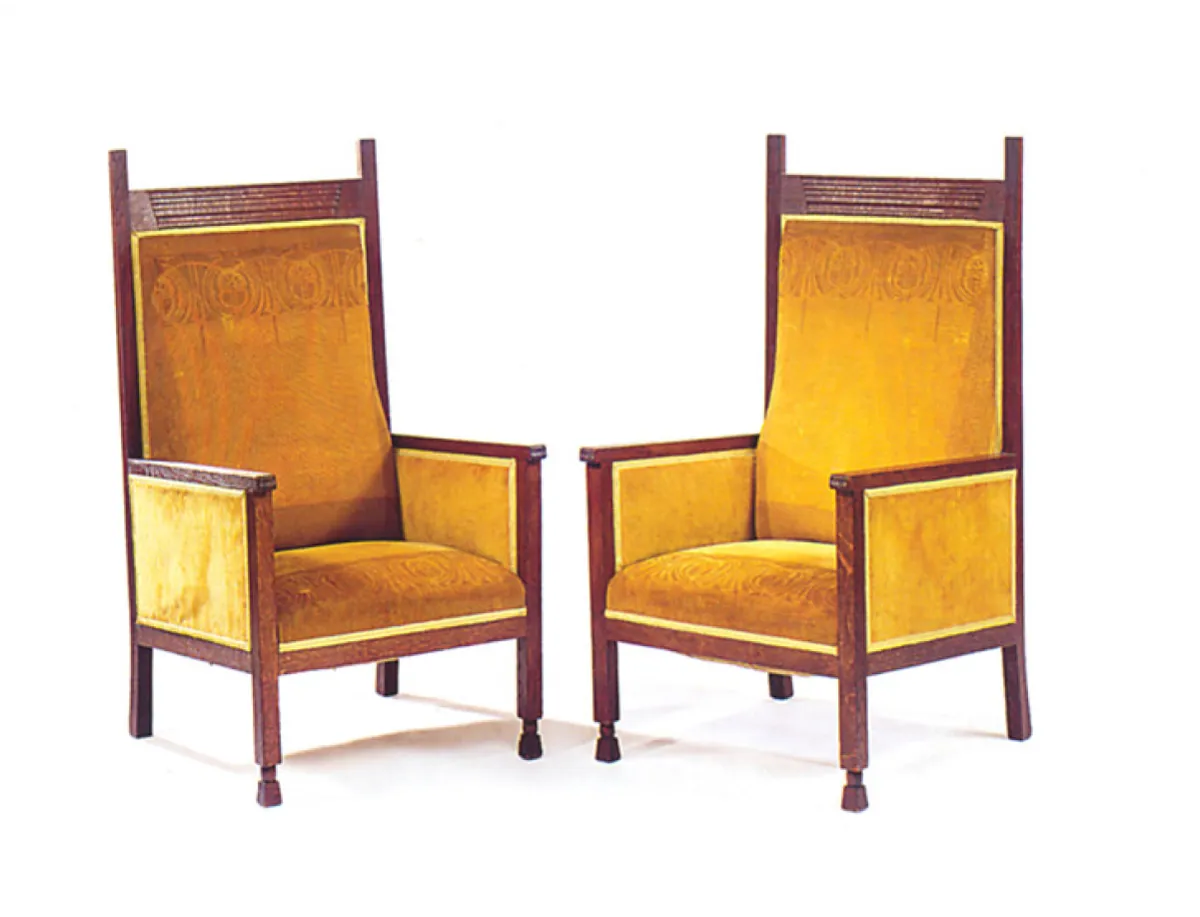Ontdek CODA Museum
CODA Museum in Apeldoorn is de plek voor wisselende tentoonstellingen met moderne, beeldende kunst, hedendaagse mode- en kunstenaarssieraden van (inter)nationale ontwerpers en kunstenaars en kunst van en op papier.
Ontdek de CODA collectie
De collectie van CODA, voortgekomen uit het voormalige Van Reekum Museum, omvat moderne en hedendaagse kunst met deelcollecties zoals schilderijen, sculpturen, en sieraden. Sinds 2004 heeft CODA zich gespecialiseerd in hedendaags sieraadontwerp en kunstwerken van papier en karton, met daarnaast aandacht voor historische collecties en houten ADO speelgoed van Ko Verzuu. De collectie wordt in wisselende samenstellingen getoond. Zoek hier in onze museumcollectie.Zoeken in onze museumcollectie 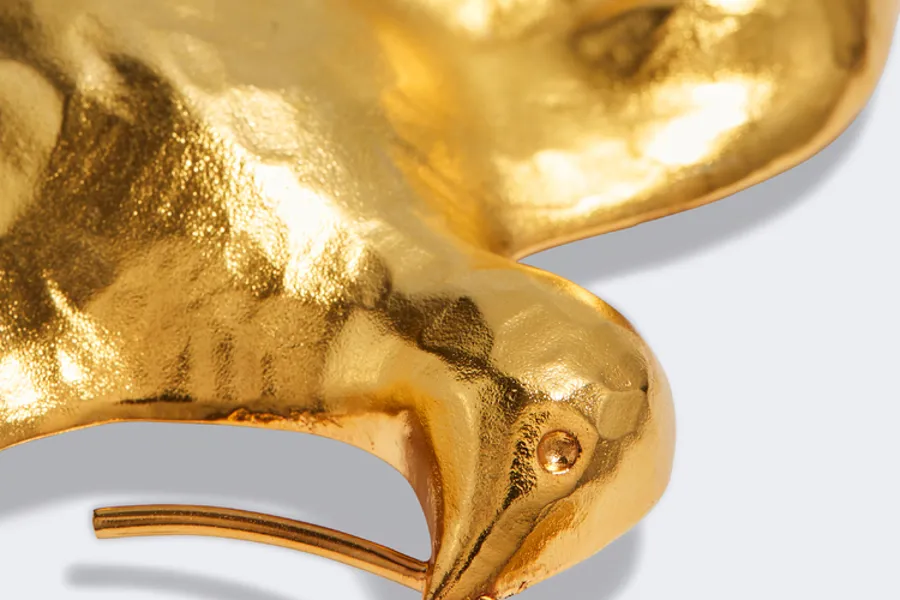
Tijdens de inauguratie van Joe Biden op 20 januari 2021 zong Lady Gaga het Amerikaanse volkslied. Net onder haar schouder prijkte een goudkleurige duif. Lady Gaga’s Dove Brooch van Maison Schiaparelli
Deze broche werd, evenals de kleding van Lady Gaga, ontworpen door Daniel Roseberry, creatief directeur van modehuis Maison Schiaparelli. CODA kon de iconische broche van duif met olijftakje, symbool voor hoop en vrede, onlangs aankopen en aan de collectie toevoegen.
De broche van Roseberry werd door Maison Schiaparelli in een beperkte oplage en in vier formaten en uitvoeringen vervaardigd voor de Lady Gaga Born This Way Foundation. Deze stichting zet zich in voor de mentale gezondheid van jonge mensen. De opbrengsten van de verkoop komen ten goede aan de stichting.
- Bekijk agenda
Tentoonstellingsagenda
De Verdieping: keuze uit de collectie
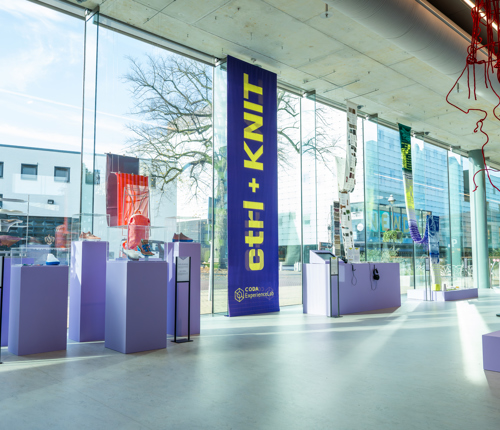
ctrl+KNIT - verbinding tussen traditie en technologie
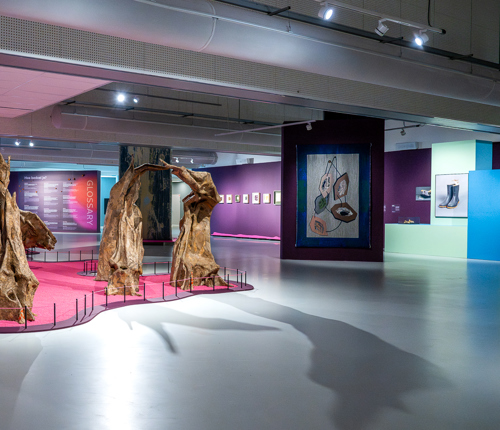
De paddenstoel aan het einde van de wereld
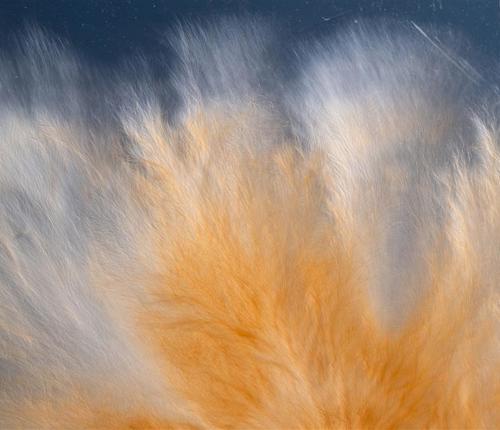
The mushroom at the end of the world (EN)
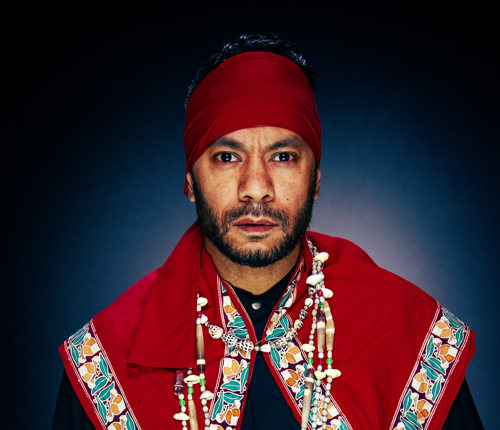
Dominique Latoel - Tussen trots en verlies
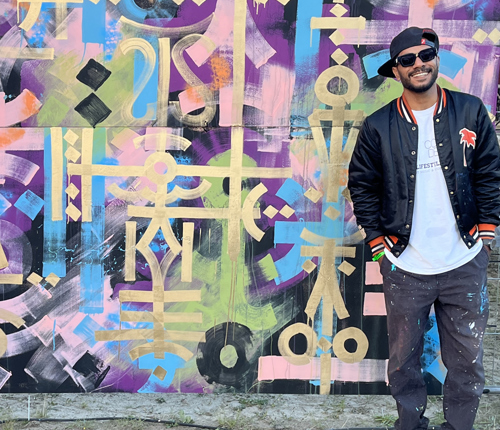
Dominique Latoel – Between pride and loss (EN)
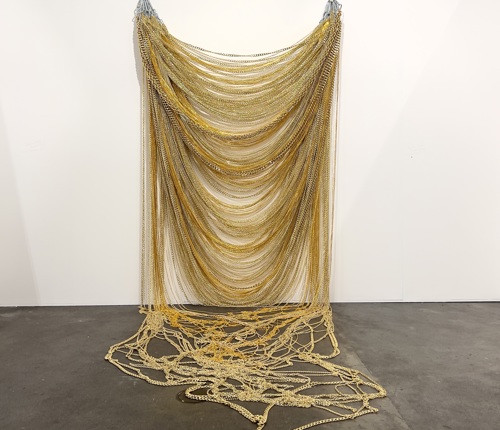
De schakel - Selectie van aanwinsten voor de collectie
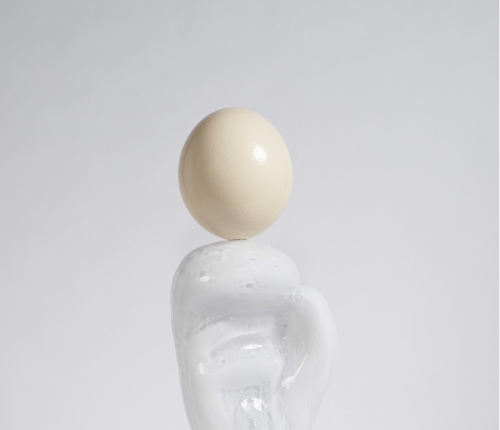
The link - A selection of new additions to the collection
